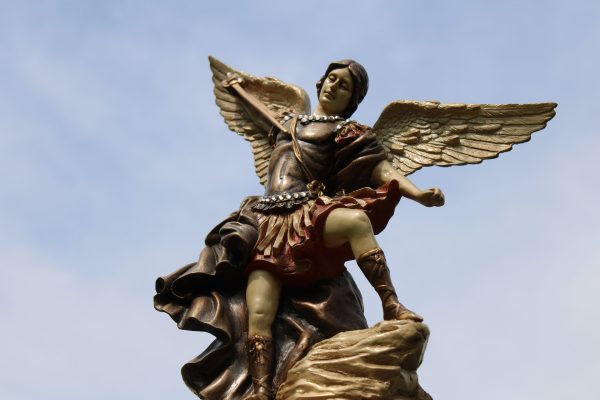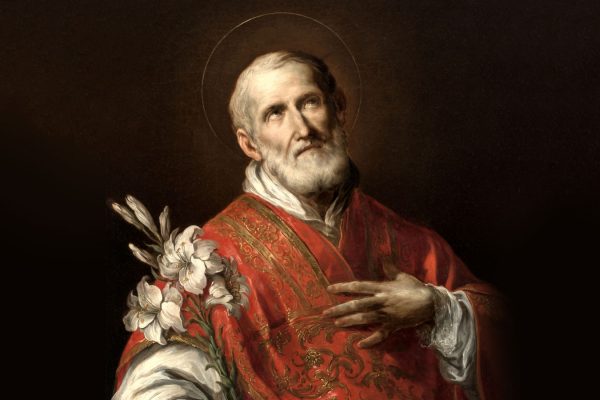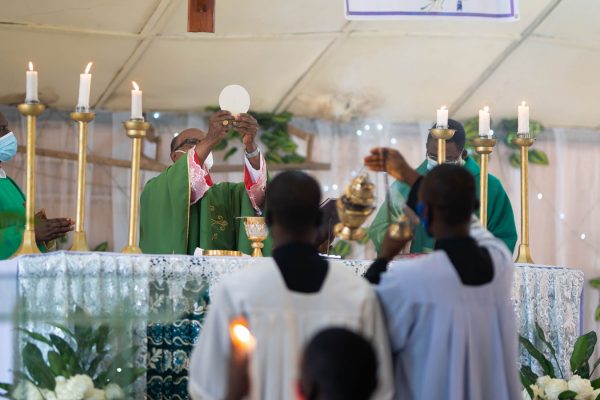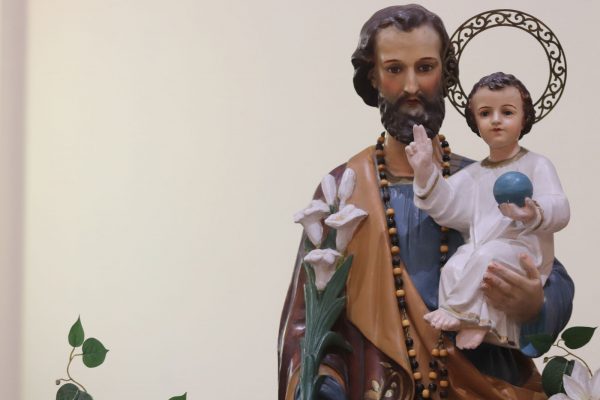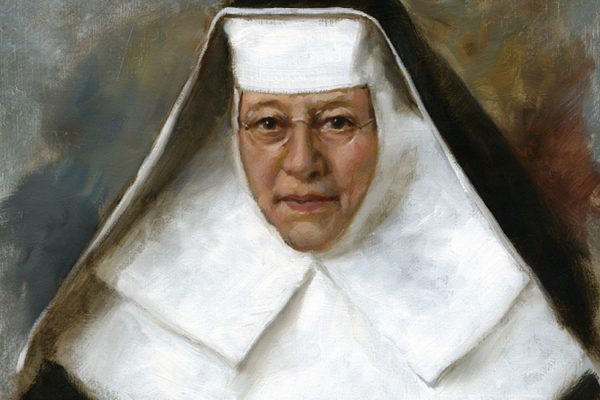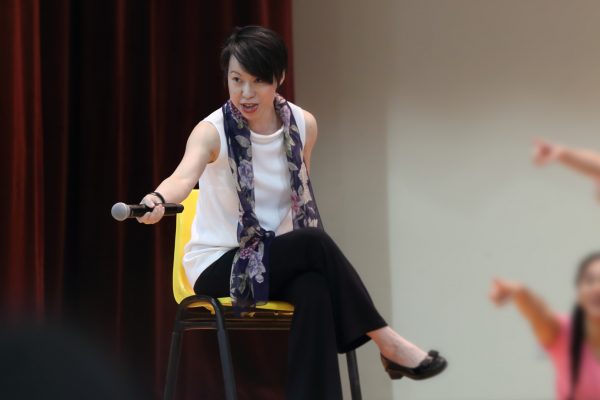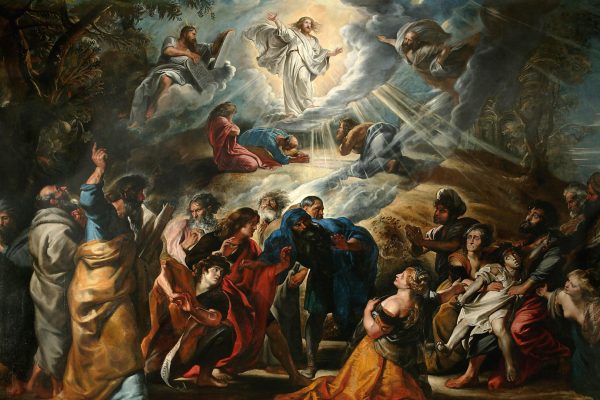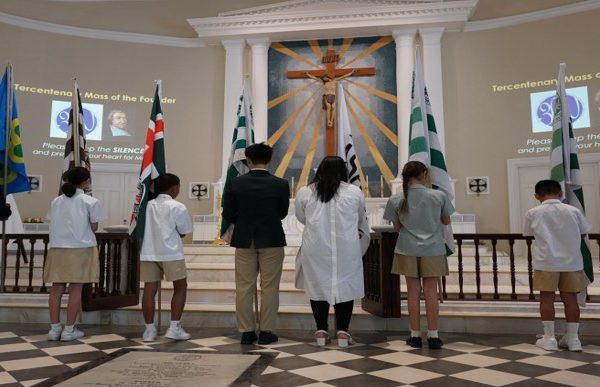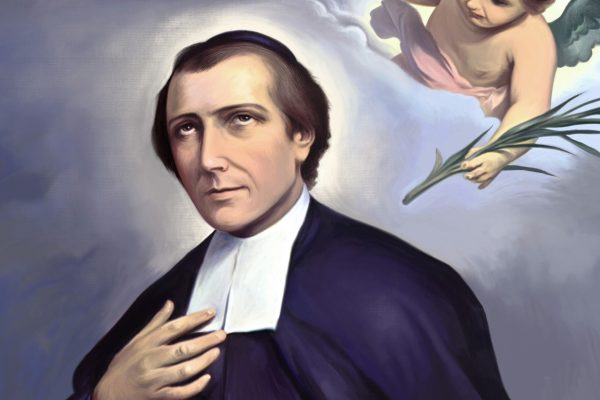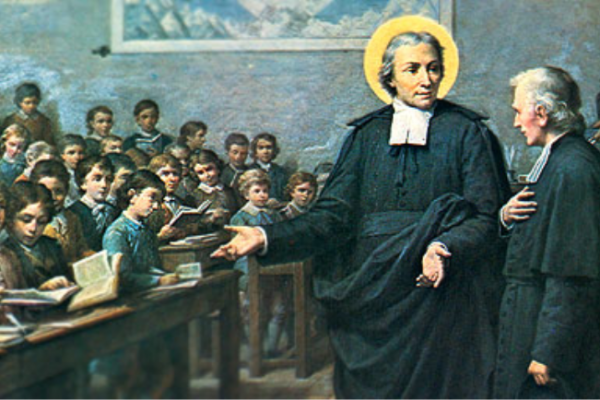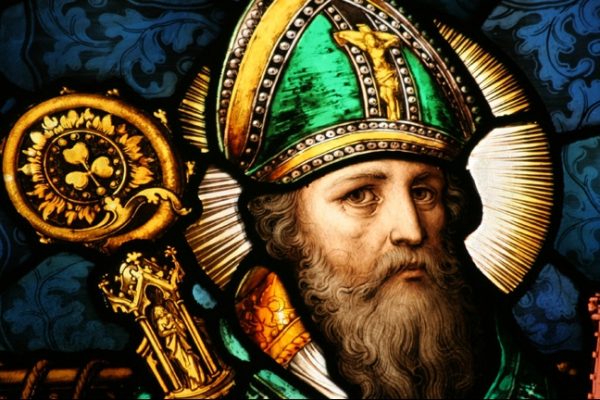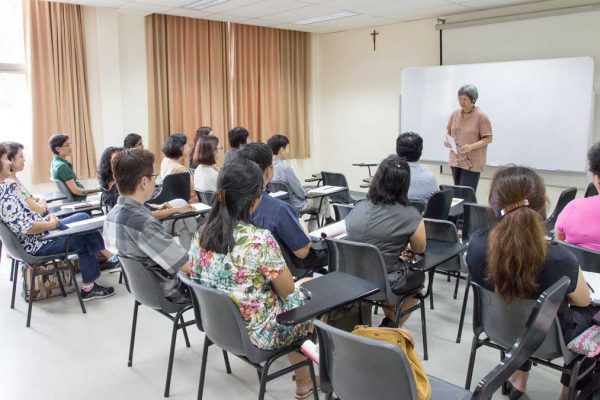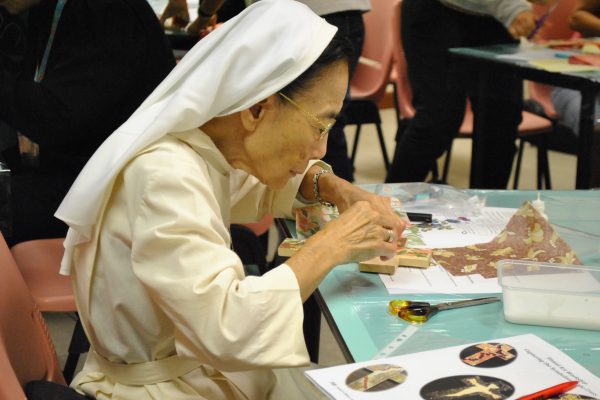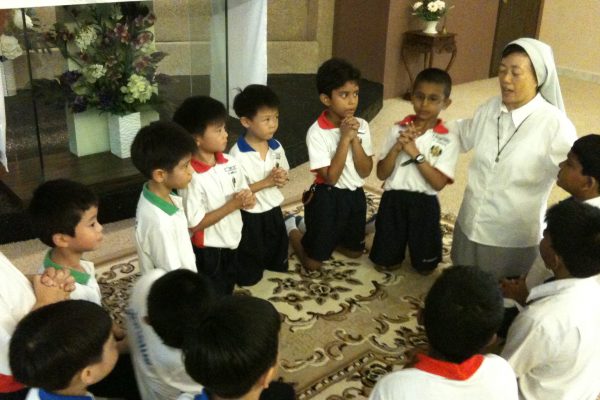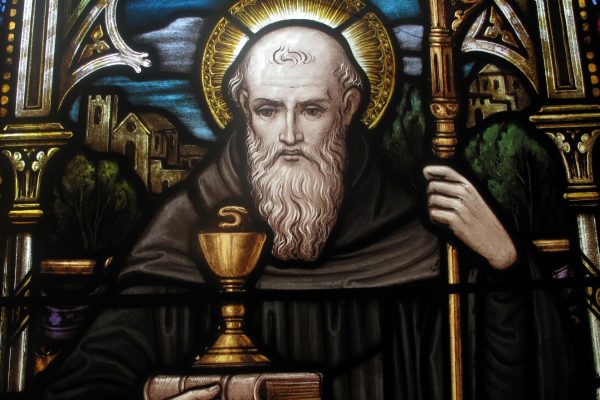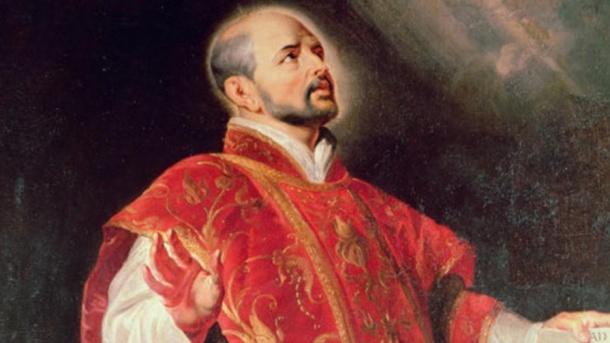
St Ignatius’ Spiritual Exercises for Educators
How is it that the reflections and prayers of a man in a cave hundreds of years ago, continues to offer important and relevant lessons for educators today?
On 31 July each year, the Catholic Church commemorates the memorial of St Ignatius of Loyola, one of the most famous Saints of the Church. He is remembered most notably for writing his Spiritual Exercises, a set of meditation and prayers that continue to change the lives of many, and for establishing the Society of Jesus, which has today become the largest male religious order in the Catholic Church.
Amidst various ministries in social justice, parishes, and retreat centres around the world, the Society of Jesus are also particularly regarded for their work in education. St Ignatius’ Spiritual Exercises, composed between 1522 and 1524, had become the inspiration for a Jesuit teaching pedagogy that was not only immensely popular in the 15th century, but had also proved an incredible effectiveness throughout its 500 year history.
It is most interesting to note that Spiritual Exercises was developed during a time of personal solitude St Ignatius spent in a cave, before he was even a priest. As we commemorate the life of this great Saint, let us reflect, what can educators learn from the reflections of a man in a cave hundreds of years ago?
Spiritual Exercises
While there are indeed many lessons that can be drawn, one notable characteristic of an Ignatian-inspired education stands out—the view that education is not meant to simply “amass a store of information or preparation for a profession, though these are important. The ultimate aim is, rather, that full growth of the person which leads to action, action that is suffused with the spirit and presence of Jesus Christ,” explains the immediate past Father General of the Jesuits, Fr Peter Hans Kolvenbach SJ.
Observing the structure St Ignatius had written his Spiritual Exercises, coupled with the fact that it is intended to be a guide for spiritual directors, the book becomes a helpful portrayal of the ideal teaching-learning process, and the ideal teacher-student relationship.
The Exercises were carefully put together based on St Ignatius’ own prayer experiences in the cave, where he practiced not merely cognitive activities or devotional practices. They are, instead, rigorous exercises of the spirit wholly engaging the body, mind, heart and soul of the human person.
These exercises, such as contemplating the gospels, or examining one’s own conscience, are practices which St Ignatius believed helps a human person to reflect on the experiences of his or her life, and thus be able to direct future actions toward God instead of sin.
St Ignatius urges reflection on human experience, seeing it as an “essential means of validating authenticity, because without prudent reflection, delusion readily becomes possible and without careful reflection, the significance of one’s experience may be neglected or trivialized,” describes a document published by the International Centre for Jesuit Education in Rome, Ignatian Pedagogy: A Practical Approach.
Experience, reflection, action
This emphasis placed on experience, reflection, and action, is thus translated into Ignatian education, where the teaching-learning process is encouraged to move beyond simply acquiring knowledge, but to also involve a reflection of new things learned, and an active application of them.
The International Centre for Jesuit Education in Rome argues, “If learning were to stop there, it would not be Ignatian. For it would lack the component of reflection wherein students are impelled to consider the human meaning and significance of what they study and to integrate that meaning as responsible learners who grow as persons of competence, conscience and compassion.”
Because reflection is such a pivotal instrument in the movement from experience to action, St Ignatius also makes it the primary responsibility of the spiritual director to facilitate the progress on reflection.
In turn, an Ignatian educational pedagogy also views the teacher’s primary responsibility as that of helping students reflect on the knowledge they receive, one whose job is not merely to inform but to help the student progress in the truth.
Jesuit schools
This unique style of education inspired by the prayers of St Ignatius has certainly proven itself to be effective and relevant. Despite a constantly changing society through the years, Jesuit educational institutes continue to spread and grow in numbers.
Within just 22 years of establishing the Society of Jesus in the 15th century, the Jesuits had numbered up to a thousand, with a good majority of them involved in 35 schools spread throughout Europe. For the next 25 years the number of schools swelled to 144, and in another short 35 years, this number approached 400. According to a 2014 report by the International Commission on the Apostolate of Jesuit Education, there are 2,129 Jesuit educational institutes around the world today.
On top of a rapid growth and expansion around the globe, Ignatian inspired education has also led to countless alumni who have each made a positive influence for mankind and society. Alumni of Jesuit schools include notable priests, religious, politicians, scientists, businessmen, engineers, and of course, even Saints, such as St Francis de Sales and St Robert Bellarmine, both of whom are regarded as Doctors of the Church.
As we remember St Ignatius and his inspiring pedagogy, let us also take some time to reflect on our own experiences, to allow the Spirit to enlighten and enrich our human lives, and thus be guided closer to Christ.

























